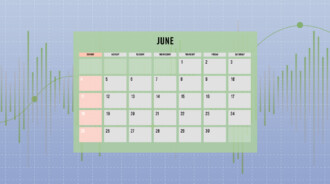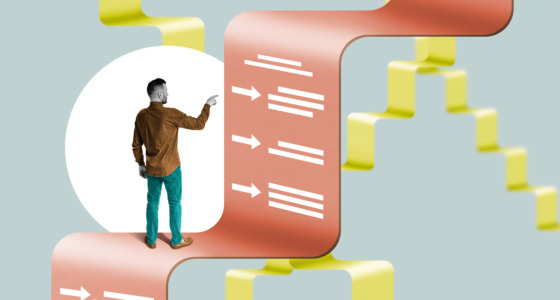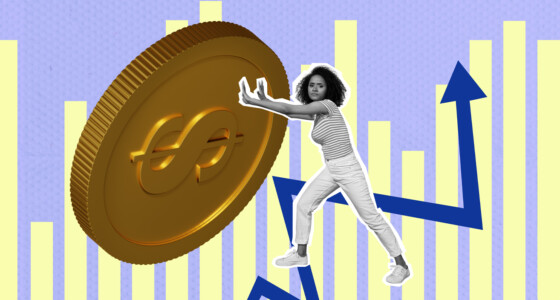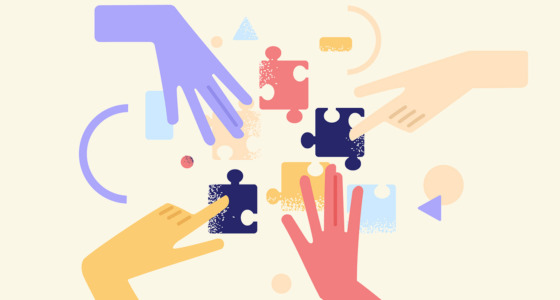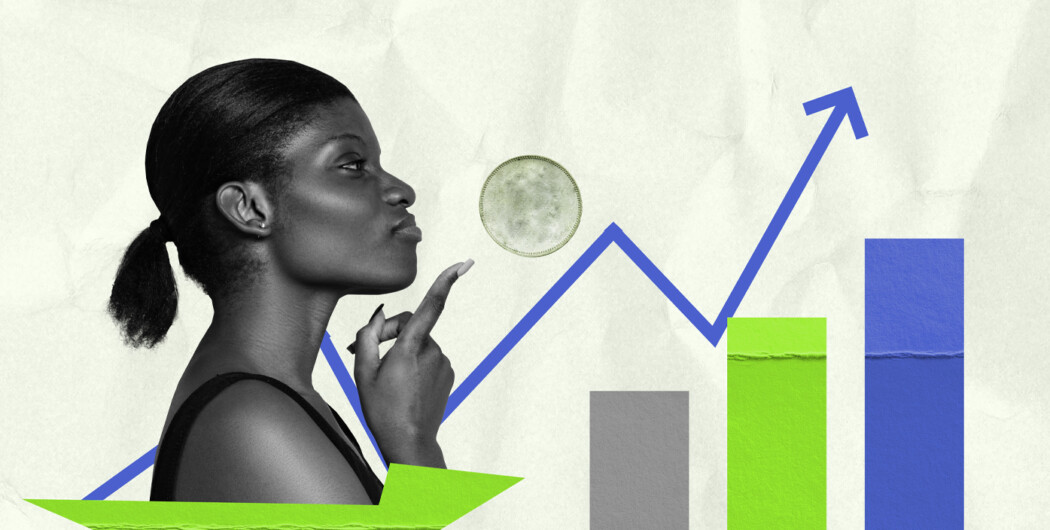

Knowing the basic economic terms may not seem as essential as managing household finances or driving a car. Well, it may be more important: there are about 1.4 billion drivers in the world, whereas all 8 billion people participate in the economy in one way or another. You just have to admit that economic principles shape every aspect of people’s lives.
Economics studies how and why we make purchasing decisions. And if you understand its four key concepts – scarcity, supply and demand, costs and benefits, and incentives – you’ll know why people behave the way they do.
Scarcity
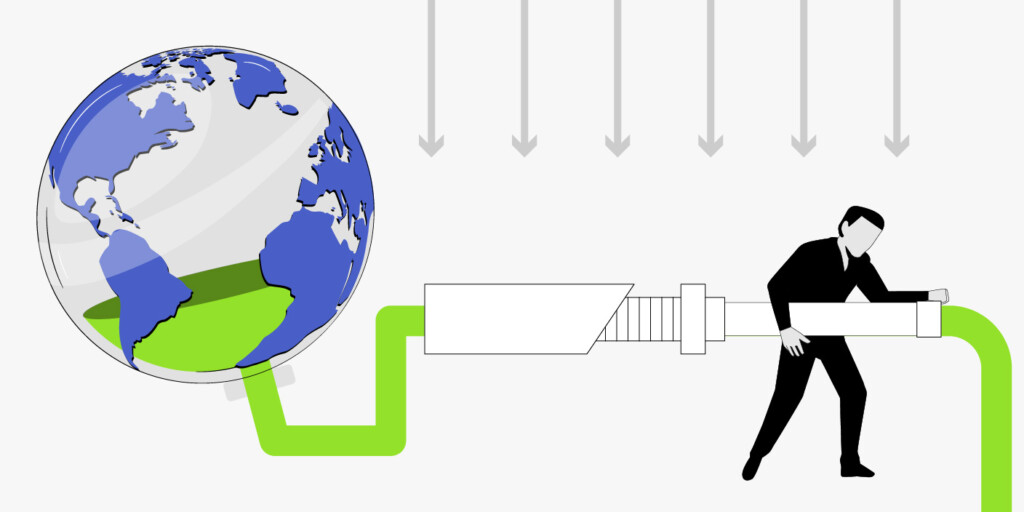
Scarcity is a concept that everyone is familiar with on a basic level. Even if you don’t think about it outright, you’ve definitely felt a shortage of something good in your life – like vacation days. So, scarcity refers to the basic economic problem that resources are limited, but wants are endless. This forces people to make deliberate choices about using their resources effectively. At the same time, they need to make sure they’re meeting their most important needs.
Here is a simple example. There is a limit to the amount of wheat that can grow in a year. Therefore, there is a limit to how many wheat-based products manufacturers can make. And different products compete for the limited amount of wheat, like cereal bars and confectionery.
The question is, who decides how much wheat is designated for cereal bars and how much – for confectionery? The answer is a market system based on supply and demand.
Supply and demand
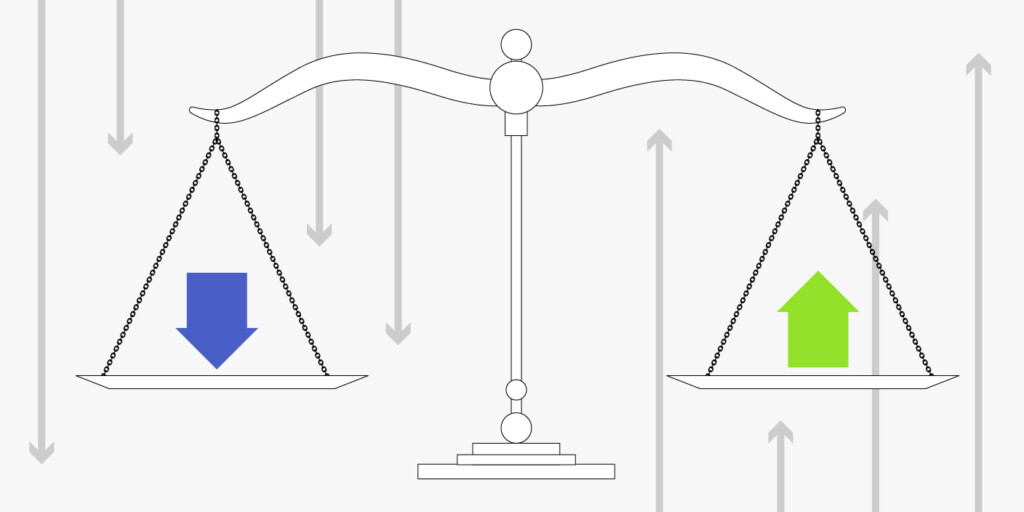
To continue the above example, if enough people are looking to buy cereal bars, it creates a high demand. As a result, manufacturers can charge more and make more profit. If it’s more profitable to produce cereal bars than confectionery and a lot of manufacturers start making cereal bars, it can actually draw the price down. Manufacturers will sacrifice profit to get more customers than their competitors, and some may turn to confectionery production.
This is how supply and demand balance each other out. So, don’t be surprised if popular products from last year become cheaper the following year.
Costs and benefits

This point is closely linked to the theory of rational choice, which means that people always want to maximize the benefits they receive from their actions. And they judge these benefits in relation to the costs.
If there is a high demand for cereal bars, producers will make a cost-to-benefit analysis to decide whether they should hire more employees. If more employees will drive more revenue than their salaries, it makes sense to increase the staff. It works on the consumer side, too. Most people won’t buy the best-tasting cereal bar if it’s the most expensive one in the store. They’ll buy something tasty enough for an affordable price.
Bear in mind that perceived benefits aren’t always rational. For example, advertising will make people overestimate the benefits of certain products on essentially no grounds.

Incentives
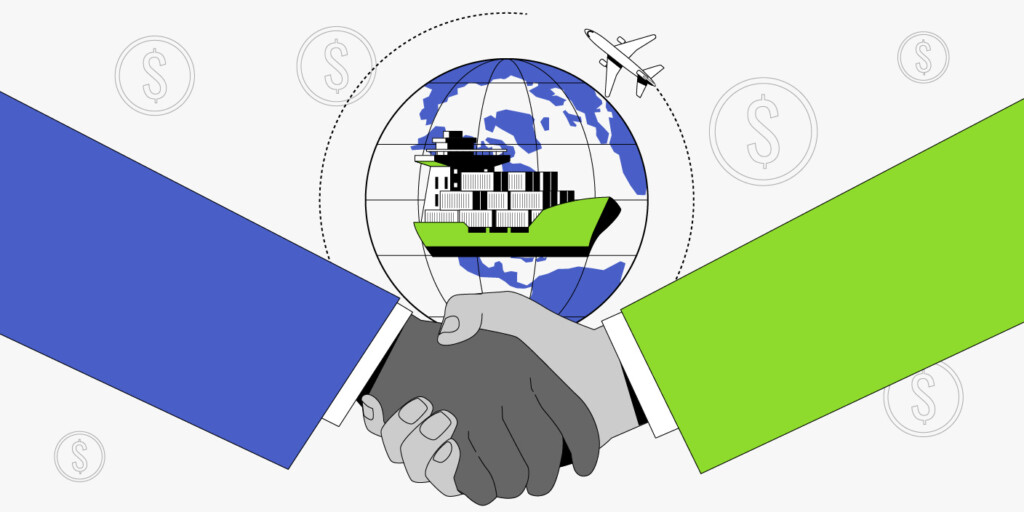
Supply and demand motivate producers to provide goods that consumers will buy. This creates an incentive for producers to make more goods, which they can sell for an inflated price. At the same time, within the same system, consumers have the incentive to use those goods more sparingly to avoid overpaying.
If you create an incentive in the business environment, think carefully about what exactly you’re incentivizing. For example, a manufacturer decides to give out bonuses to the shift that produces the most bars per day. But they fail to specify the size of the bar, so a sneaky shift may produce twice as many 20g bars as 40g bars. This competition won’t actually help the business’s bottom line.
But if you align incentives with business goals, there may be phenomenal benefits. Performance bonuses, profit sharing, and employee stock ownership are very common incentive tactics.
Is economics the dismal science, after all?
A Scottish writer and philosopher Thomas Carlyle called economics the dismal science. He claimed that humanity was stuck in a world where an increasing population would always put a strain on natural resources. But maybe it’s not as gloomy as he described.
Let’s summarize the four basic economic concepts and how they intertwine in real life. People make decisions based on the cost and benefits they will receive. On an individual level, people are driven by scarcity and the incentives we are presented with. But when many people make decisions, it creates supply and demand forces in the market. It’s not hopeful or dismal – it’s just how things work, and now you know more about it.
Sources:
The powerful role financial incentives can play in a transformation, McKinsey
Why is economics called the “dismal science?”, Forbes
